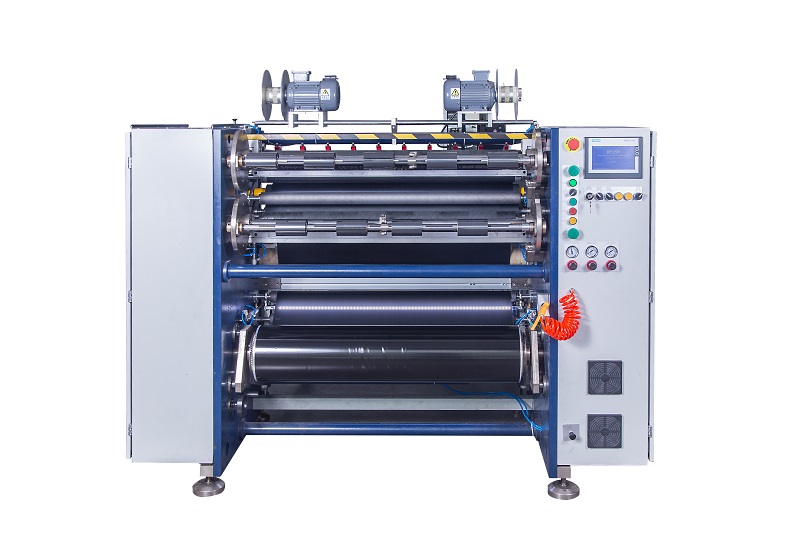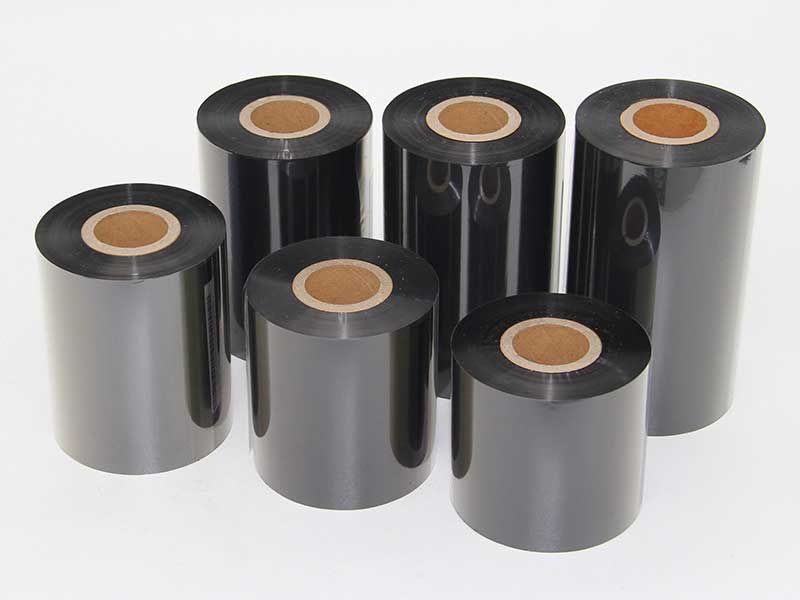In today's market environment, consumer needs are becoming increasingly personalized and diversified, and product life cycles are drastically shortened. The traditional "large batch, small variety" rigid production model is no longer able to cope with the rapidly changing market challenges. Therefore, "flexible production", the core concept of Industry 4.0, has become the only way for manufacturing enterprises to transform and upgrade and win competitive advantages.
The so-called flexible production means that the production line can quickly respond to the needs of different orders in a high-efficiency and low-cost way, and realize the rapid switching production of small batches and multiple varieties. In this profound change, a seemingly niche but crucial piece of equipment, the ribbon slitting machine, is providing indispensable core support for the realization of flexible production with its excellent flexibility.

The challenge of flexible production: the gap from "standardization" to "personalization"
The core challenge in achieving flexible production is how to combine the efficiency of mass production with the flexibility of a handicraft workshop. Specific to the consumables sector, such as the labeling, packaging, and printing industries, the challenges are particularly prominent:
• Fragmentation of orders: The width, length, and material of ribbons (core materials for heat transfer printing) required by customers are different, and the batch may only be a few kilometers.
• Inefficient changeover: Traditional large-scale slitting equipment takes a long time to change tools and adjust parameters, and cannot adapt to frequent order switching.
• Huge inventory pressure: If all possible ribbons are pre-slit, it will take up a huge amount of money and storage space, and it is very easy to cause sluggish inventory.
• Tight lead times: The market demands quick responses, order today, ship tomorrow or even the same day.
In the face of these challenges, companies must have a "heart" that can "change on demand" to drive their production systems. This "heart" is the modern flexible ribbon slitting machine.

Ribbon slitting machine: how to become the core engine of flexible production?
The modern high-precision ribbon slitting machine is no longer a simple "cutting" tool, but a precision platform that integrates automation, digitalization and intelligent technology. It provides solid support for flexible production through the following key capabilities:
1. The ultimate "quick mold change" capability
This is the cornerstone of flexible production. The high-end slitting machine adopts servo drive, electric tool holder, and preset recipe function. Operators can simply select or enter new order specifications (e.g., width, length, roll diameter) on the touch screen, and the machine will automatically complete precise adjustment of all tool positions and matching tension settings. The changeover time, which originally required several hours, was shortened to a few minutes or even tens of seconds, realizing "seamless switching" between products of different specifications.
2. High precision and high quality guarantee
Flexible production does not mean sacrificing quality. The ribbon slitting machine ensures that the edges of each slitting ribbon are flat, burr-free, and neatly wound through high-precision correction systems, constant tension control systems, and advanced cutting technology. This not only avoids problems such as broken ribbons and blurred prints caused by uneven ribbon edges during the printing process, but also ensures that even small batch orders can obtain top-quality that is exactly the same as large orders.
3. Integration of digitalization and informatization
As a unit of the smart factory, modern slitting machines can be connected to the company's MES (Manufacturing Execution System) or ERP (Enterprise Resource Planning) system. The order information can be sent directly to the slitting machine, and after the slitting is completed, the output, consumables, working hours and other data will be automatically transmitted. This realizes the digital management of the whole process from order to production, provides accurate data support for production scheduling, quality traceability and cost accounting, and makes management decisions "evidence-based".
4. Support "production to order" and "zero inventory" mode
With its quick response capabilities, businesses no longer need to stock large inventories of finished products. The mode of "production after receiving the order" can be adopted: after receiving the customer's order, the corresponding slitting machine is called directly from the raw material warehouse of the large coil master coil, and the specific specifications required by the customer are quickly slittered. This greatly frees up liquidity, reduces warehousing costs and management risks, and enables "zero inventory" or "low inventory" operations.

Practical scenario: Ribbon slitting machine empowers flexible production lines
Imagine a scenario like this:
A label printing company received three urgent orders: customer A needed 100 rolls of 50mm wide and 300m long wax-based ribbons; B: The customer needs 50 rolls of 80mm wide and 500m long mixed-base ribbons; The customer needs 200 rolls of 25mm wide and 200m long resin-based ribbons.
Under the traditional model, production line scheduling will be a nightmare. But on a flexible production line, the operator only needs to enter three order information into the system. The system automatically dispatches one (or a group) ribbon slitting machine:
• First, change to a 50mm wide order recipe, automatically adjust the tool, set the length, and quickly complete order A.
• Subsequently, switch to the 80mm wide B-order recipe in a few minutes and continue production.
• Finally, switch to a 25mm wide C order.
The whole process is smooth and efficient, and all orders can be produced and delivered within one day, fully meeting the customer's dual needs for speed and personalization.
epilogue
In the wave of manufacturing towards intelligence and personalization, flexible production has changed from "optional" to "must-have". As a key bridge connecting raw materials and final customized products, the ribbon slitting machine perfectly solves the core pain points in flexible production with its high degree of automation, precision and intelligence. It is not only a powerful tool to achieve small-batch and multi-variety production, but also a strategic fulcrum for enterprises to build an agile supply chain and enhance the core competitiveness of the market. Investing in an advanced flexible ribbon slitting machine is to equip enterprises with a "strong heart" that can beat synchronously with the pulse of the market, helping them to move steadily and far-reaching in the rapidly changing business world.

In the future, the tension control of the ribbon slitting machine will be more intelligent, adaptive and environmentally friendly.
05. December, 2025
his article will provide an in-depth analysis of the core functions of ribbon slitting machines and explore how they achieve the dual goals of "reducing costs and increasing efficiency".
05. December, 2025
A good slitting machine needs to ensure that each ribbon is evenly tensioned, has flat edges, is free of burrs and wrinkles.
05. December, 2025
Its brilliance lies in the fact that it breaks the traditional paradox of "high efficiency must be high cost" through technological upgrading, and realizes the synergy and unity of the two.
01. December, 2025
With its relentless pursuit of 'precision,' it quietly defines the upper limit of backend printing quality.
01. December, 2025